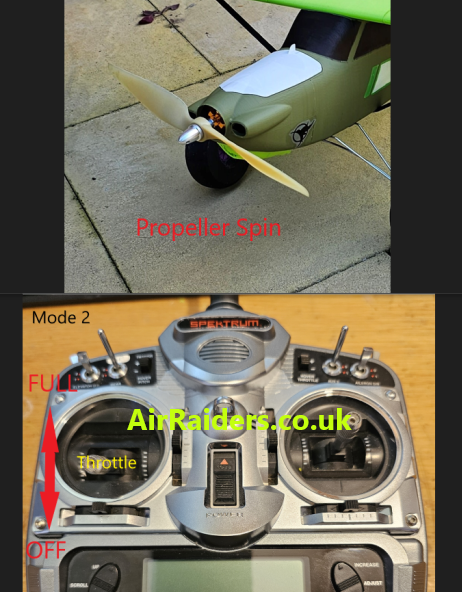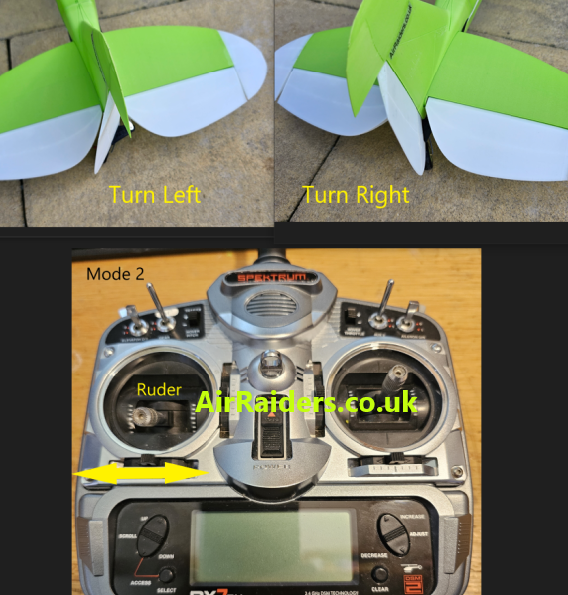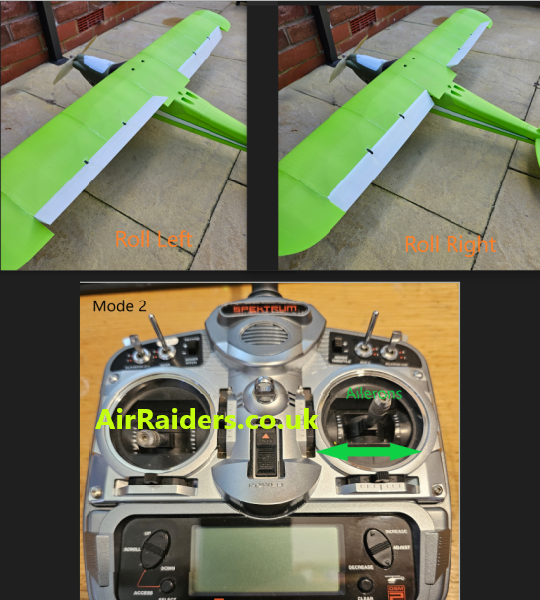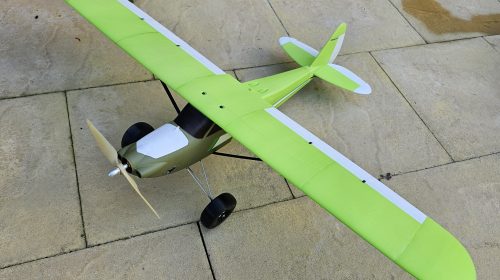Ever wanted to learn to fly a model aircraft?
Here are the basics of what you need to know from a model aircraft pilot, BMFA Approved Trainer and Club Examiner, with some 30 odd years fixed and rotary wing flying experience.
First things first, Its not as hard as you might think, and with the lower cost of budget and foam constructed models its not ridiculously expensive, with todays gyro and flight controller technology its even easier to get a plane (or Helicopter) in the air and back down again. This guide is aimed mainly at Fixed wing (Aeroplanes) as opposed to rotary wing (Helicopters). The newer “Foamie” planes of today are tough and easy repairable, but turning the stabilization technology off is where the real learning starts (more so for Helicopters). Getting an aircraft in the air is normally easy enough, aside any high or cross winds, the hardest part of flying an un aided aircraft is the landing, a text book landing isn’t always as forthcoming as we would like, the biggest thing to overcome is your fear and lack of confidence, even seasoned pilots make mistakes when flying and landing (even taking off can sometimes rob really good pilots of their skills sometimes). I have seen people with a mere 2 days flight experience do better taking off and landings than experienced pilots, some people that have flown for years are still scared when it comes to land a model plane, iv also seen a 10 year old lad fly a ducted fan plane inverted 1 inch from the ground! “Everybody is different” its an excellent and true saying. Obvious things to avoid are buildings, trees and other aircraft, again, even the best of us make mistakes or misjudgements, (like thinking they are in front of the tree line but in fact….. well, ill leave that to your imagination). Once in the air small and graceful movements of the controls to the aircraft are straight forward (literally) and is all you need if the aircraft is set up correctly. Landing shouldn’t really be that hard with ideal conditions, judging the distance, speed and height of the aircraft can take some practice though, a big open space with either a tarmac or well pruned grass runway is preferred for ground take-off and landing, but a good open space will suit any hand launch aircraft. Check your local by laws before flying in a local park as the laws on flying model aircraft publicly in the UK (and indeed the rest of the world) have change so park flying with anything over 250 grams is pretty much a thing of the past. Its a good idea to find your local model aircraft flying club, there are quite a few dotted around the UK and they are always welcoming, friendly and always understand that we all learned to do this at some point, most club members will help a beginner to setup their plane, also nearly all clubs have at least one instructor that can stand with you (and teach you the basics of departure, flight and (Huh um) Arrival) there is also a buddy box system that can be used in conjunction with you plane, this allows the instructor to be able to take direct control of your plane if needed whilst it in the air, there will be rules about flying on your own at the club site (this will vary depending on the club) until you have at least passed an “A” test or a proficiency test of sorts, most other members (in my experience at several clubs) are also very helpful, especially to a beginner. The BMFA (British Model Flying Association) provide a hub for clubs, individuals, insurance and qualification tests that can be taken at your local club, these typically consist of an “A” and “B” certificate for fixed wing models (Airplanes), and an “A” and “B” for rotary wing also, (plus other category’s of certification) the “A” certificate is a basic competency test that proves that you can take off, fly basic manoeuvres & land and land your model without propulsion safely and without an instructor’s input, also that you also have good knowledge of the safety procedures involved in the hobby. The “B” certificate is a little more advanced and strict, when passed it proves that you have better control of the craft in the air with more complex manoeuvres, having a “B” cert also means you can fly at public events. these tests are not compulsory but they are a good way to track your learning and self achievement. The BMFA membership is something you will need to have to fly your model, this can be purchased yearly through your local club, or through the BMFA Website amongst other benefits it will provide you with public liability insurance encase the worst happens and your model goes astray and ends up damaging/hurting other people or peoples property.
Check out the images below to give you an idea of some basic controls on a standard & most commonly used “Mode 2” transmitter, the little tabs to the bottom and the inner positions of the control levers or “sticks” are called “Trims”, you can use these to correct slight deviations in direction when the controls are centred. Learning to fly a model aircraft takes time and patience, there are many different styles of flying, i personally like to try to fly in a scale like manor, but what ever your flying style its about having fun, you will have some great days out and, some not so great days, I’m no stranger to bringing a model plane home in a bin bag, this doesn’t make the pilot a bad flyer, it could just mean they are pushing the boundary’s of the plane or their ability’s. The current trend is to fly electric, but i would encourage anyone to give nitro or petrol powered planes a go too!





What sort of model should you learn to fly with?
well, ideally you would choose a light weight plane with its wings on top of the fuselage (Body), also if the wing tips sit higher than the center of the wings (this is called dihedral) helps a lot as it will make the model more stable in the air.
The image below was a classic learners model and one i learned to fly with, its a Flair Models Junior 60 made from balsa wood, its a very slow flying stable plane that is also very forgiving. Its worth noting that having good stability with dihedral wings would normally also mean a lack of ailerons, so control is with elevator and rudder only (this is not a bad way to learn by any means)

It is my personal belief that if you spend time building a plane (no matter how tidy or imperfectly finished it is), you will gain an good knowledge of the mechanics of that and other models, you will also ultimately have more respect and care for it when you fly. There’s a saying at most flying fields about the condition of a model aircraft “5 feet up and rising no one cares“, this means that whilst its in the air and climbing, they all look as good as each other, as long as its mechanically sound and proper safety procedures are followed, you can fly anything, and no self respecting model plane enthusiast will knock you for trying!

Remember, this hobby is about Having Fun!

